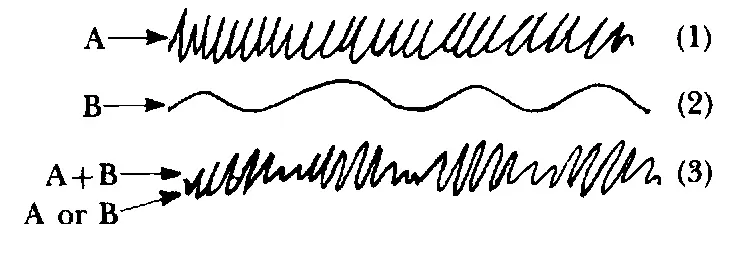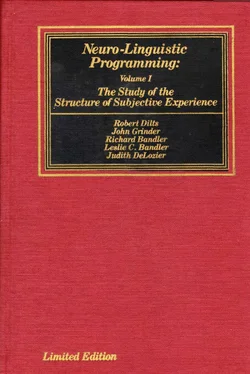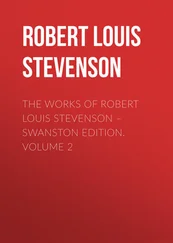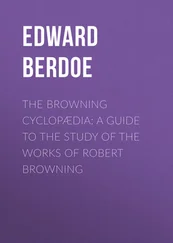S: (Lips tightening, nodding.) Oh yes … Really soon in fact.
A: Okay … what I'd like you to do is to imagine, in as much detail as possible, (Squeezes S's right shoulder) what those circumstances might be … and how you will be able to behave differently (Squeezes left shoulder) in this upcoming situation … Squeeze your fist as much as you need to.
S: (Takes a deep breath, squeezes fist) adjusts posture. Eyes shift from down left to up left, to down right, to up right. Smiles and nods.) Umm Hmmm … Yes.
A: Good … Now do you think you can do this on your own— repeat this process whenever you need to and use your resource anchor?
S: (Smiles and nods.) Yes.
A: Great … By the way some of you may have noticed that I did something a little bit tricky when I established Jan's resource anchor. How many of you noticed that when Jan was talking about her frustrating feelings during 'yellow' that she squeezed her left hand into a fist? (Audience agreement.)
A: By incorporating this naturally occurring gesture as a resource anchor, I built in a powerful backup anchor as well. So if for some reason Jan's future pacing isn't successful, and she begins to loop in the 'yellow' again, at some point she'll probably begin to clench her fist naturally and unconsciously. But since it has now become programmed as an anchor for resources it will automatically begin the process of accessing resources … Are there any questions before we move on?
Woman: Yes … What happens to the anchors now?
A: That's a good question … When you collapse two anchors, they, and the experiences they elicit, essentially become anchors for one another. They are "integrated." So Jan will still know what experience I'm referring to when I lower my voice (Lowers voice) and touch her on the right shoulder. But the 4–tuple has changed … Just what does happen, Jan, when I do this? (Squeezes her right shoulder.)
S: (Eyes shift down and left, to down and right to up and right.) Well … I think of the yellow experience, but I also think of how it's different now … It's a lot more comfortable now. I don't have to feel bad about it anymore.
A: A metaphor that I like to use to explain the process, that is probably actually the physical basis for integration, is the response of single brain cells to stimuli presented simultaneously. Let me map this out visually first so it'll be a little easier to follow … (Draws on blackboard):

A: A group of neurologists were studying the responses of single brain cells to external stimuli, using micro–electrodes and found something like I've shown here. When they presented stimulus "A" they recorded a certain firing pattern in that cell. Let's say the pattern looked like wave (1) that I've drawn on the board. Stimulus "A" could be a tone, a light flash, a touch, etc… . One way to think about it is that stimulus "A" anchored waveshape (1) … When the experimenters presented a different stimulus, "B", they got firing pattern (2) from the same cell … So this cell had different responses to different stimuli, or anchors. Then what they did was to present the two stimuli simultaneously. When they did this, they got firing pattern (3), a combination of the two previous firing patterns (1) and (2). And what is interesting is that thereafter, when they presented either stimulus "A" or "B" again by themselves they got the third pattern (3) … That's my understanding of what happens to the anchors after you've collapsed them …
This doesn't mean that Jan won't ever be frustrated again. She will always be able to access that state independently if she wants to by tuning her physical state & her accessing cues, and by anchoring it somewhere else. We could probably even anchor it in the same place again if we changed the context … Collapsing the anchors won't take away Jan's ability to be frustrated it simply gives her another choice. Frustration's an important resource. The ability to be upset and angry is just as important as the ability to be happy or confident. Each of them gives us important information about what's going on. It's what we do with that information that will ultimately make it positive or negative for us … By the way, Jan, you can go back to your place now. (S returns to her seat.) Now this is the same pattern — putting together resources with a problem state that we use, with some alterations, in helping students get through "blocks", or helping people with phobias, or helping athletes get over slumps or deal with being psyched out. We use it to help business executives solve both personal and company problems. It's a very simple but powerful pattern — adding resources to a problematic state … In some cases where a specific outcome is desired we will make the blueprint for the desired state first, and anchor it of course, so we can use it as a way of choosing the appropriate resources to access … This simple anchoring process can increase your ability to do things and help other people do things, no matter what it is that you do …
As we mentioned at the beginning of the transcript, this is an example of only one use of the process of anchoring. We will be covering a number of other uses throughout the remainder of this book — especially in the Installation Section.
Anchors and accessing cues will be your major tools in the utilization of strategies. They will provide a systematic means of being able to trigger the appropriate representations at the appropriate slot in the strategy. Before you go on to the rest of the book, we invite you to think about experiences that you have had in which you have been anchored: certain tones of voice, words, facial expressions, touches and so on, that trigger powerful or subtle experiences in you. Also consider ways in which you have, perhaps unknowingly, anchored experiences in other people: when you've said something or done something that elicited a response in another person that you didn't expect. Perhaps you've had an experience in which someone showed great warmth toward you because you looked or sounded like a close relative or friend of his, and this anchored feelings of closeness in them. Or perhaps you have developed a special saying, facial expression or gesture that you can always use to get a smile or chuckle out of someone you know.
The words "Mary had a little …" are probably an anchor for the word "lamb" for many of you — as well as an anchor for the melody that accompanies the lyrics.
Before proceeding further, practice the following simple anchoring exercises to help you begin to get some conscious skill in using them:
EXERCISE A — Establishing An Anchor for Yourself.
This exercise is designed to give you a personal feel for the process of anchoring and to help you distinguish between various states of consciousness in yourself. This is essentially an exercise in biofeedback — where the feedback comes from your own sensory channels.
PARTI— The "Uptime" Anchor.
Step 1. Find a place, either indoors or outdoors, where you can sit or walk around for a while and enjoy the world around you.
Step 2. As you observe your surroundings, practice focusing and tuning your awareness of your external environment to each of your representational systems:
a) seeing things — using both panoramic and detailed viewing of the various objects, colors and movements in your environment.
b) feeling the temperature of the air, the textures, shapes and hardness of the objects around you, and the feelings of your skin and muscles as you sit or move through the environment.
Читать дальше












